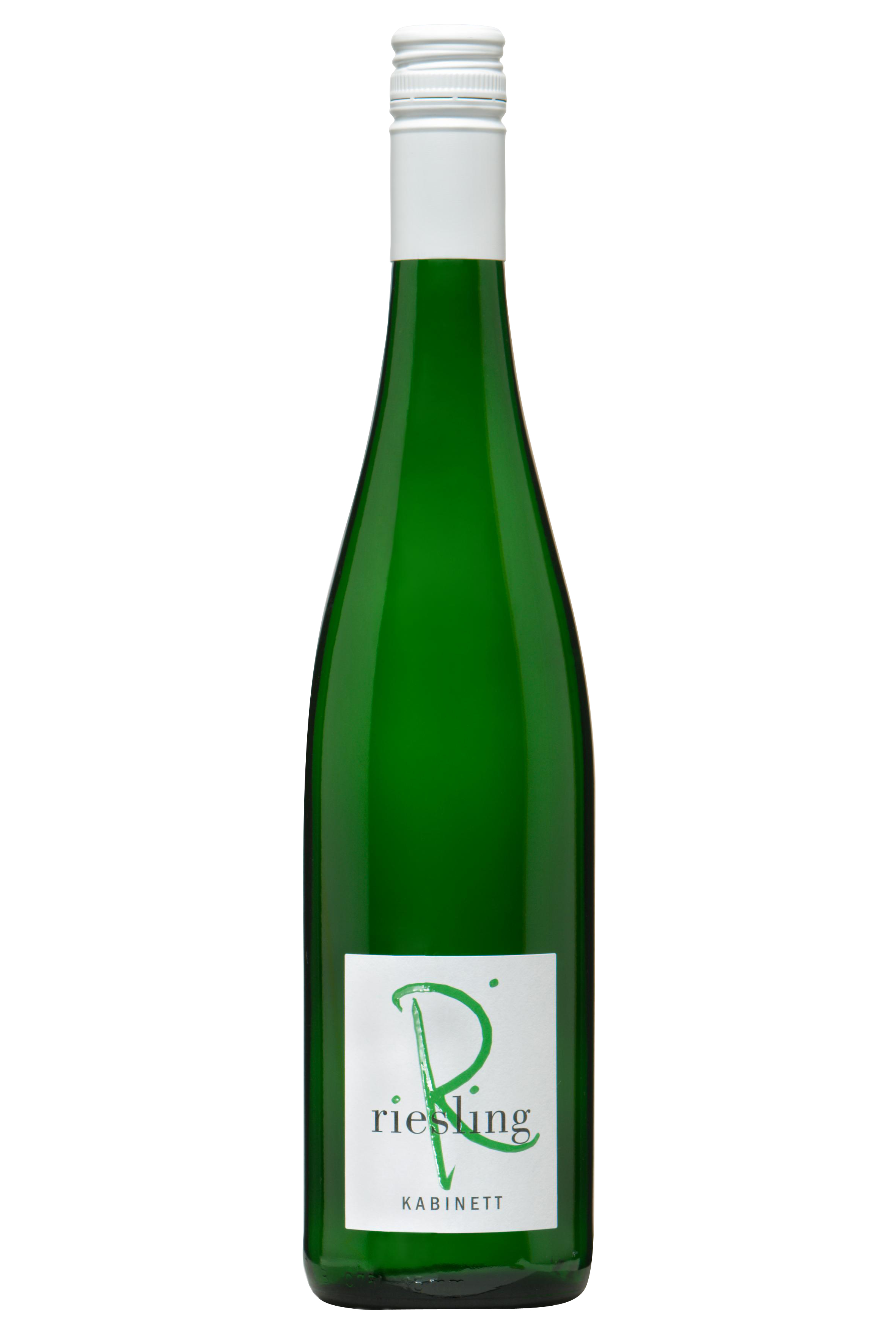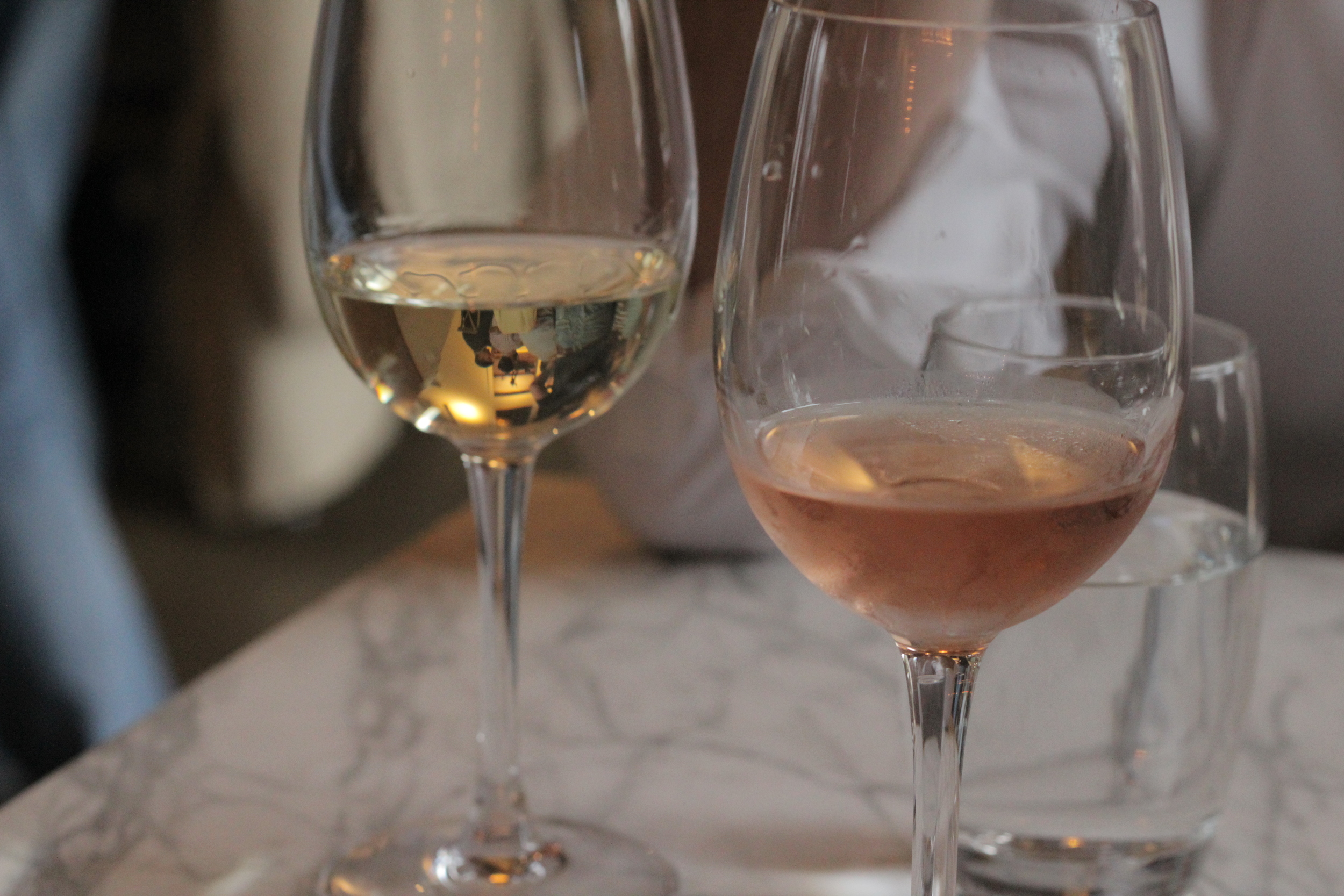In 1925 Dr. Abraham Perold created what was to become South Africa’s, and possibly the world’s, most misunderstood grape variety, Pinotage. Perold, a professor at the University of Stellenbosch, was researching grape varieties and looking to create a new cross with the hardiness of Cinsault (then called Hermitage in South Africa) and the complexity of Pinot Noir. The resulting four seeds were planted in his garden and quickly forgotten about until 1925 when Charlie Niehaus rediscovered the plantings and decided to graft them onto new rootstock and propagate the new variety. It was later christened Pinotage, a combination of Pinot Noir and Hermitage. Interestingly enough, Dr. Perold died in 1941 and was never able to see the fruits of his research.
Pinotage soon began to take hold in the Cape winelands and early examples won accolades and prizes in wine shows in the 1950s. These early successes and the relative hardiness of the varietal led to an increasing presence in many wine growing areas of South Africa, and eventually Pinotage became the area’s signature varietal.
Currently around 7% of South African vineyards are planted to Pinotage. It has quickly become a symbol of the country’s wine industry and is a required component in South African red blends. There has been, however, significant criticism leveled at the resulting wines. Frequent descriptors include “burnt rubber”, “nail polish”, and “spray paint”. These sickly sweet and chemical odors have been the subject of much research and are attributed to the esther isoamyl acetate. This organic compound is present in bananas and used as a banana flavoring (explaining why many people identify subpar Pinotage by the artificial banana aroma) and also can be used as a solvent. Most proponents of Pinotage claim that excessive isoamyl acetate and the hot flavors are results of bad viticulture and winemaking that doesn’t take into account the unique needs of Pinotage.
In the vineyard, Pinotage is deceptively easy to grow, but in order to produce quality fruit water stress and high temperatures during harvest must be avoided and old vines are highly preferable. The vineyards must also remain free of viruses, which adversely affect the resulting wines. During fermentation temperatures must be kept relatively low and sensible barrel aging can help minimize isoamyl acetate and volatile acidity problems. Remember this challenging vine’s parent is the infamous Pinot Noir!
Chamonix Winery in South Africa
As Pinotage has waxed and waned with the fashions and fickleness of the wine world, two key thing have emerged: Pinotage is capable of producing a wide range of quality wine styles, and there are many vintners who understand the grape and can make beautiful examples of it. Two producers known for their deft hands with the grape are Chamonix and Southern Right. While both produce quality examples, there is little in common with their approaches. Chamonix lets Pinotage clusters partially dry on the vines and utilizes carbonic maceration to produce a ripasso-styled wine that is both grippy in tannins and velvety and rich at the same time. Southern Right, located in the Walker Bay area of the Cape, styles itself as a Pinotage specialist and has produced a string of highly rated wines from the variety. Their approach is classical and makes wonderful use of the fruit grown in a relatively cool climate with clay soils. The resulting wines are fruit-focused but complex with a perfect seasoning of oak.





















































































































































































